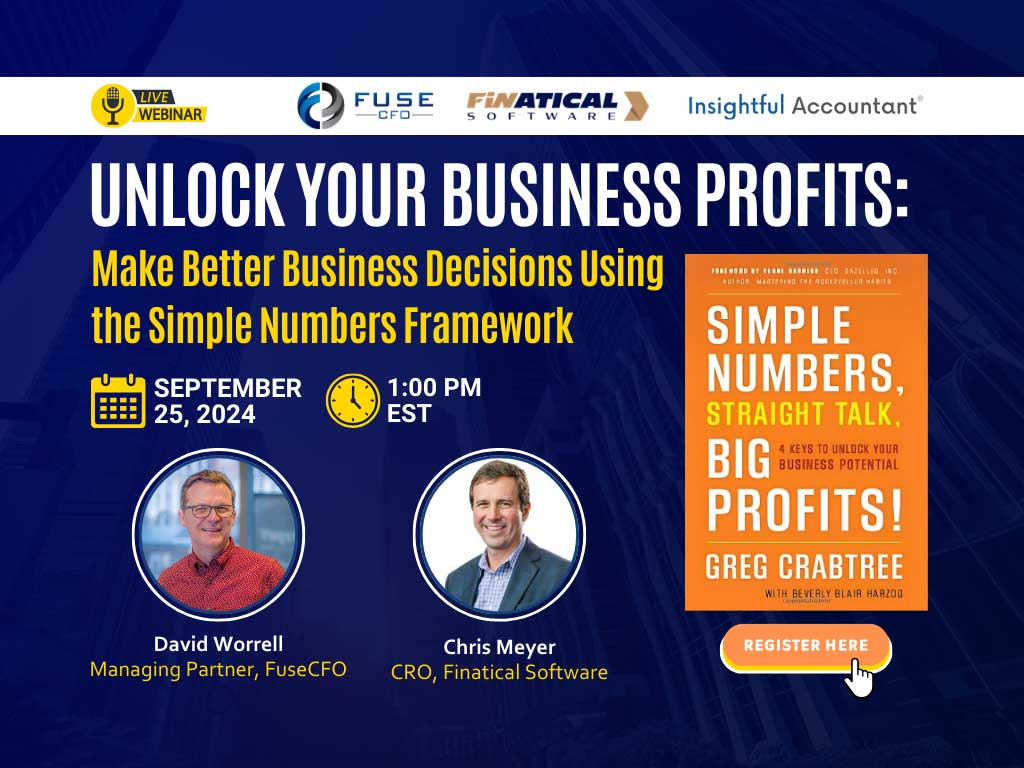
5 Basic-but-Essential Financial Statements to Understand for Your Small Business

Small business owners have enough to do without spending hours poring over financial statements. It’s tempting to delegate all accounting tasks to a CPA or bookkeeper and rely on them to tell you what you need to know about your business’s financial health. That’s why you hired a specialist after all—isn’t it?
You should certainly have a trusted financial advisor not only for advice, but to handle the complicated things you’re not equipped to do. But as a responsible business owner, you can’t completely abdicate your role in understanding your business’s financials.
There are five basic financial statements every small business owner needs to understand in order to keep a finger on your company’s financial pulse. Sure, these might seem dense at first, but your accountant or bookkeeper can help you learn what information to pay the closest attention to, and how to distill it into meaningful metrics for your business.
1. Profit & Loss or Income Statement
Profit & Loss Statement or P&L—also called the “income statement”—is the financial statement you’re likely most familiar with. It’s the easiest to read and understand of the three core financial statements.
The Profit & Loss Statement reports the income brought into the business, the costs required to bring in that income (Cost of Goods Sold, or COGS,) and the expenses that were incurred to operate the business. It also reports other income and expenses, like interest and depreciation.
The P&L can be used to calculate important profitability ratios. These ratios boil down the dollar amounts on the P&L to percentages that can be used to compare your business to others in your industry, regardless of revenue size.
What the Profit & Loss statement does NOT do is accurately reflect your business’s cash flow. That’s important. As we’ll go into in more detail, certain payments—like business loan payments, for instance—are recorded in accounts that appear on the Balance Sheet. Though they may seem like expenses to you, these payments aren’t technically expenses for accounting or tax purposes, and so they aren’t included on the P&L.
2. Balance Sheet
Every small business owner should understand the Balance Sheet. Very simply stated, the Balance Sheet shows you three things:
- What your business owns, or assets. Assets include things like checking accounts, equipment, and inventory.
- What your business owes, or liabilities. Liabilities are loans, credit card balances, and payroll.
- Your investment in the business, aka equity. Equity includes capital investments and retained earnings (the money that stays in your business year over year,) less money you’ve drawn from your business.
Unlike the Statement of Cash Flows and the P&L, the Balance Sheet is cumulative for the entire life of the business.
3. Statement of Cash Flows
This is the most important financial statement. It’s also the one most business owners ignore.
The Statement of Cash Flows answers the often-asked question, Where did all my money go? It reconciles activity on the P&L or Income Statement to activity recorded on the Balance Sheet. This may sound like gibberish, but stick with me for a minute.
There are certain transactions—asset purchases, investments, loan payments, and draws or distributions—that affect cash flow but don’t appear on the P&L. That’s why the net income on your Profit & Loss statement does not match the amount of money in your bank account.
These transactions are aren’t on the P&L because they’re posted to accounts that appear on the Balance Sheet. But since the Balance Sheet shows cumulative numbers for the entire lifetime of the business, the cash movement isn’t immediately apparent.
That’s where the Statement of Cash Flows comes in. This statement takes the Net Income—your bottom line—on the P&L, makes adjustments for payments your customers owe and what you owe vendors, then further adjusts for loan payments you’ve made and money you’ve put into or taken out of the business.
The Statement of Cash Flows can be hard to interpret and understand—that’s why people skip it in favor of the P&L. But lean on your bookkeeper to help learn it in and out, since it’ll tell you so much about your business finances.
4. Accounts Receivable Aging Report
Accounts Receivable—or money owed to your business by customers—is reported as a number on your Balance Sheet. But you should also get in the habit of reviewing the Accounts Receivable Aging Report on a monthly basis. This report gives a detailed breakdown of the amount each customer owes, plus how long that balance has been outstanding.
Staying on top of your Accounts Receivable ensures your cash flow doesn’t suffer due to non- or slow-paying customers.
5. Accounts Payable Aging Report
Similar to the Accounts Receivable Aging Report, the Accounts Payable Aging Report is a detailed breakdown of the amount the business owes to vendors. Reviewing this report regularly ensures no bills slip through the cracks, jeopardizing your relationship with your vendors and suppliers. This report can also help you plan your cash flow by quickly showing you which bills need attention the soonest.
Use These 5 Essential Financial Reports to Get a Holistic Picture of Your Business
Although they can be compiled manually, the most efficient way to produce these five basic financial statements is through the reporting function in your bookkeeping software. Just take care to make sure your bookkeeping is up to date before running your reports— otherwise, vital information could be missing, causing you to make poor decisions about your business.
Most accountants and bookkeepers love it when small business clients want to learn more about their financial statements, so don’t hesitate to ask for help to leverage these reports for your particular needs. You’ll learn a ton about your business, and get insights you never had before.
______________

Guest Blogger, Meredith Wood is the Editor-in-Chief at Fundera, an online marketplace for small business loans that matches business owners with the best funding providers for their business. Specializing in financial advice for small business owners, Meredith is a current and past contributor to Yahoo!, Amex OPEN Forum, Fox Business, SCORE, AllBusiness and more.


